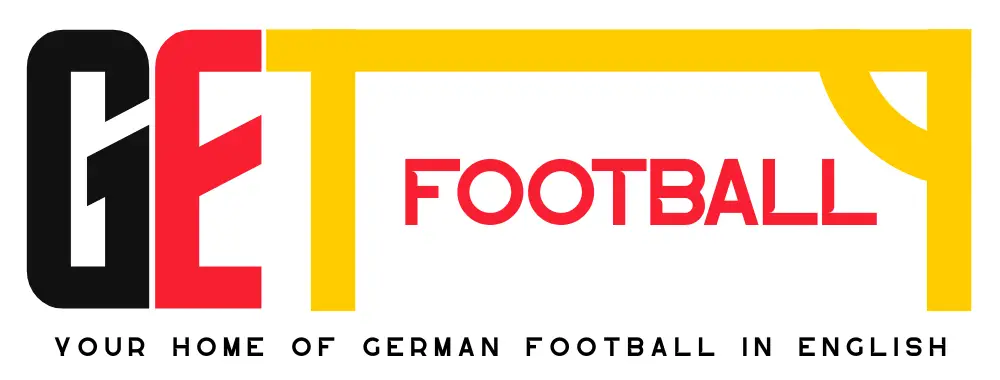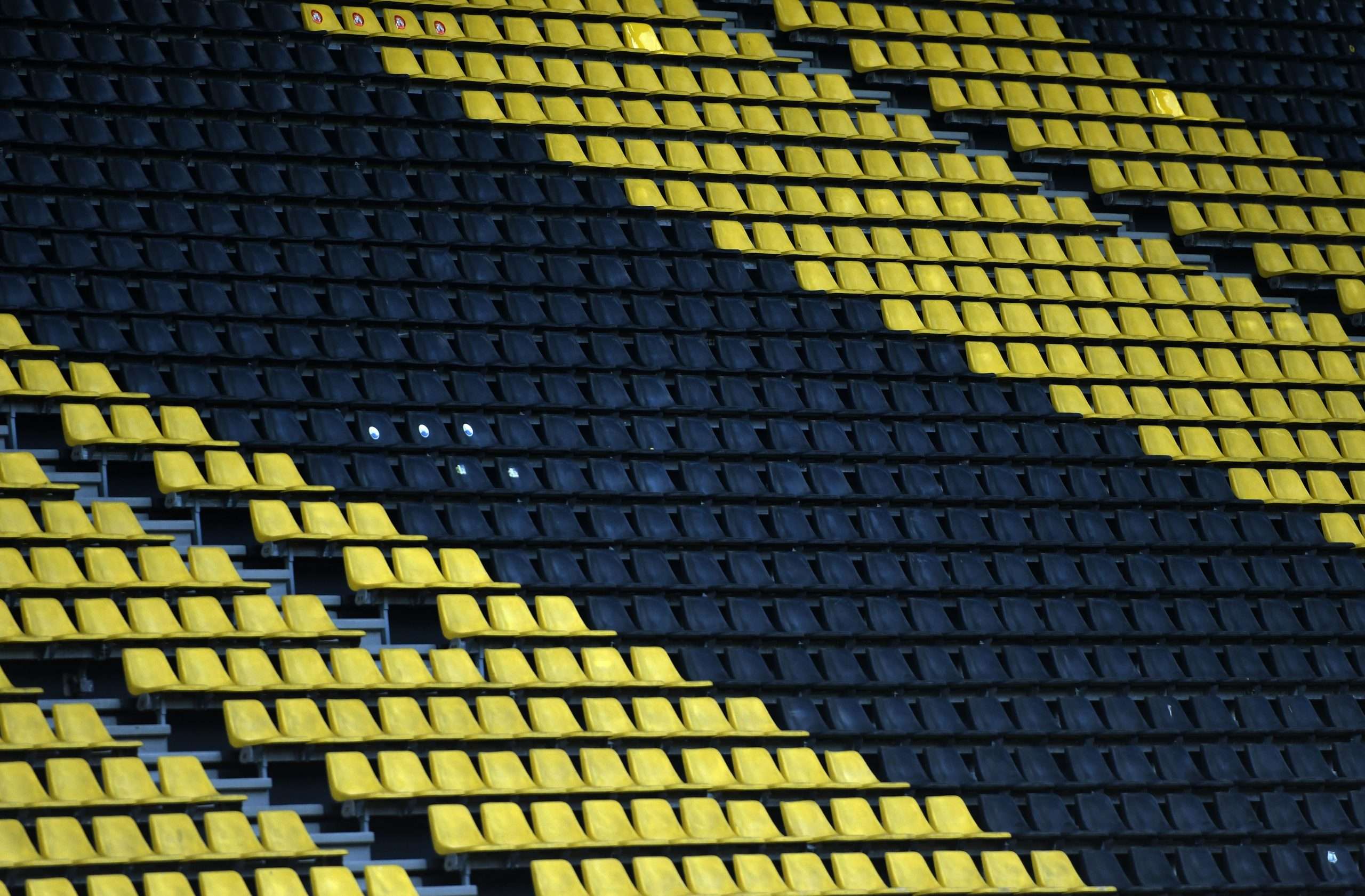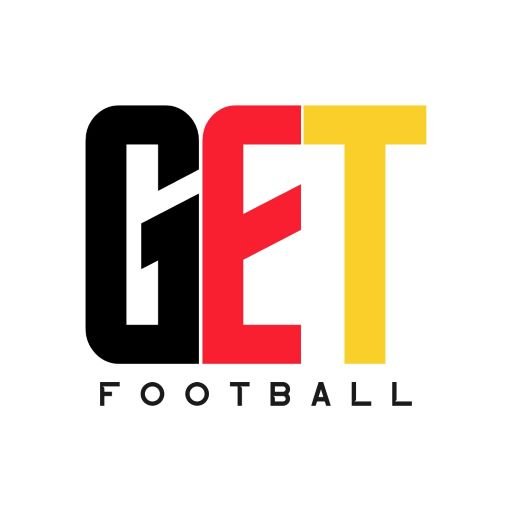Football is huge in Germany; there are over 2 million players registered with the German Football Association (DFB), and a total of 26,000 member clubs and around 170,000 teams. Three top-flight teams have won the Champions League (and predecessor European Cup) a total of seven times, with a further six German victories of the Europa League (and predecessor UEFA Cup).
The Bundesliga is one of the most popular domestic leagues in the world, attracting viewers from around the world. There’s also a large market for betting on Bundesliga games outside of Germany, with major sportsbook and casino brands like Ladbrokes taking bets on all games.
The German national team is also one of the most decorated, having won a total of four World Cups, second only to Brazil, and three European Championships, joint first with Spain.
As you’d expect, German attendance at league matches is high, with more than 40,000 fans attending each game on average. That’s more than other European leagues, including the English Premier League.
To accommodate these huge numbers, German teams have built some spectacular football stadiums. Here are some of the best.
Signal Iduna Park – Borussia Dortmund
After four years of construction work, Borussia Dortmund’s Stadium, the Westfalenstadion opened in April 1974. Before this, the club played at Stadion Rote Erde (Red Soil Stadium), a multi-purpose facility that has a capacity of fewer than 10,000 fans.
The team’s current home has been expanded several times over the years, with the most recent work being undertaken in 2006. This has made it one of Europe’s most comfortable football stadiums thanks to its spacious layout and complete roof coverage.
Westfalenstadion, which has been known as Signal Iduna Park since 2005, can currently accommodate a whopping 81,000 fans for domestic matches, slightly less than its record capacity of 83,000.
It hosted several matches during the 1974 and 2006 FIFA World Cups as well as the 2001 UEFA Cup Final. It also acts as one of the German national team’s home stadiums.
While Signal Iduna Park’s history and numbers are impressive, these are not the only things that make it stand out. Fans regularly rate it as having one of the best atmospheres in the Bundesliga.
Allianz Arena – Bayern Munich
Bayern Munich are one of Europe’s most successful clubs, with 29 league titles, 19 DFB-Pokal wins, and five successful Champions League campaigns. It’s no surprise then that they have one of the best and most interesting stadiums in Germany.
Covered in inflated EFTE plastic panels, the Allianz Arena’s exterior takes on a clinical, modern look. The default white colour can completely light up in 16 million different colours, the first stadium in the world to be able to do this. For football games, the Allianz Arena lights up in either red, white, or blue, depending on whether Bayern Munich, 1860 Munich, or the national team are playing there.
It is one of Germany’s newest stadiums, opening in 2005 ahead of the 2006 FIFA World Cup and hosting several group matches, a round of 16 and a semi-final game. It’s remained a key stadium for international games hosted in the country, with the UEFA Champions League held there in 2012 and set to return in 2022. Matches for the UEFA Euro 2020 and 2024 tournaments are also due to be played there.
Commerzbank-Arena – Eintracht Frankfurt
First opening in 1925 as the Waldstadion, the stadium began known as the Commerzbank-Arena in 2005. It has been the home of Eintracht Frankfurt for its entire 95-year history, and was also the home of Frankfurt Galaxy, an American Football team that played in the now-defunct NFL Europe series between 1991 and 2007.
It can currently hold 51,000 fans for domestic matches, shrinking to 48,500 for international games. Although this is smaller than some of the new stadiums in Germany, it’s still a respectable size that has allowed it to host the 1974 and 2006 FIFA World Cups, the 2005 FIFA Confederations Cup, and the 2011 FIFA Women’s World Cup.
Unlike stadiums in other parts of Europe, the Commerzbank-Arena is owned by the city of Frankfurt, with a sports complex at the same site with facilities for swimming, tennis and beach volleyball. It even has its own national rail station.
Millerntor-Stadion – FC St. Pauli
Although FC St. Pauli plays in the 2. Bundesliga, it still makes it onto the list of great stadiums. It had a capacity of 32,000 when it was first built in 1963, although it’s slightly below this today, holding a maximum of 29,546 fans.
Like the Commerzbank-Arena, Millerntor-Stadion used to also act as the home of an American football team until 2017.
It has undergone significant redevelopment over the years, with several stands being pulled down and replaced. Today, the stadium’s exterior blends in with the surrounding neighbourhood, with large red brick walls and glass panelling helping to make this 60-year old stadium look modern.
Unlike many other stadiums, Millerntor hasn’t sold its naming rights to a sponsor. Instead, it bears the name of one of its former gates.
The club is popular among football fans from much further afield than just Hamburg, creating a party-like atmosphere at every game.
RheinEnergieStadion – 1. FC Köln
Opened in 1923 as the Müngersdorfer Stadion, the stadium changed its name to RheinEnergieStadion in 2001. Located outside the city of Cologne, it was built in the space created after the city’s fortifications were dismantled.
Today, RheinEnergieStadion can seat just under 50,000 fans for domestic games and almost 46,000 for international matches. It’s undergone several upgrades over the decades, including the most recent works that were completed in 2004.
This allowed the stadium to host games for the FIFA World Cup in 2006, but it missed out on hosting the competition in 1974 due to funding issues.
It’s one of the most accessible stadiums in Germany and was even awarded a bronze medal by the International Olympic Committee in 2004 for having “distinguished sporting and leisure facilities”.
1. FC Köln have some of the most dedicated fans in the country, so this stadium has a fantastic atmosphere on game days. This didn’t change when the club was relegated, nor after it was promoted back to the Bundesliga, making it a great stadium to watch a game at.









